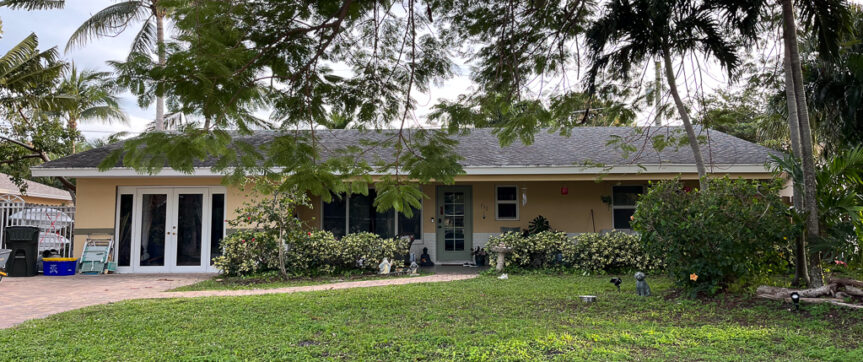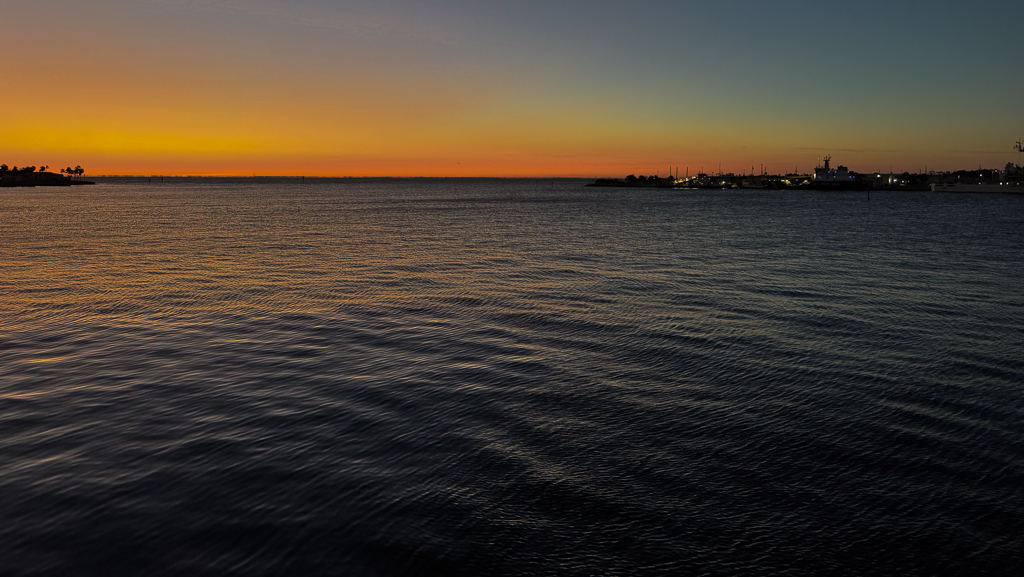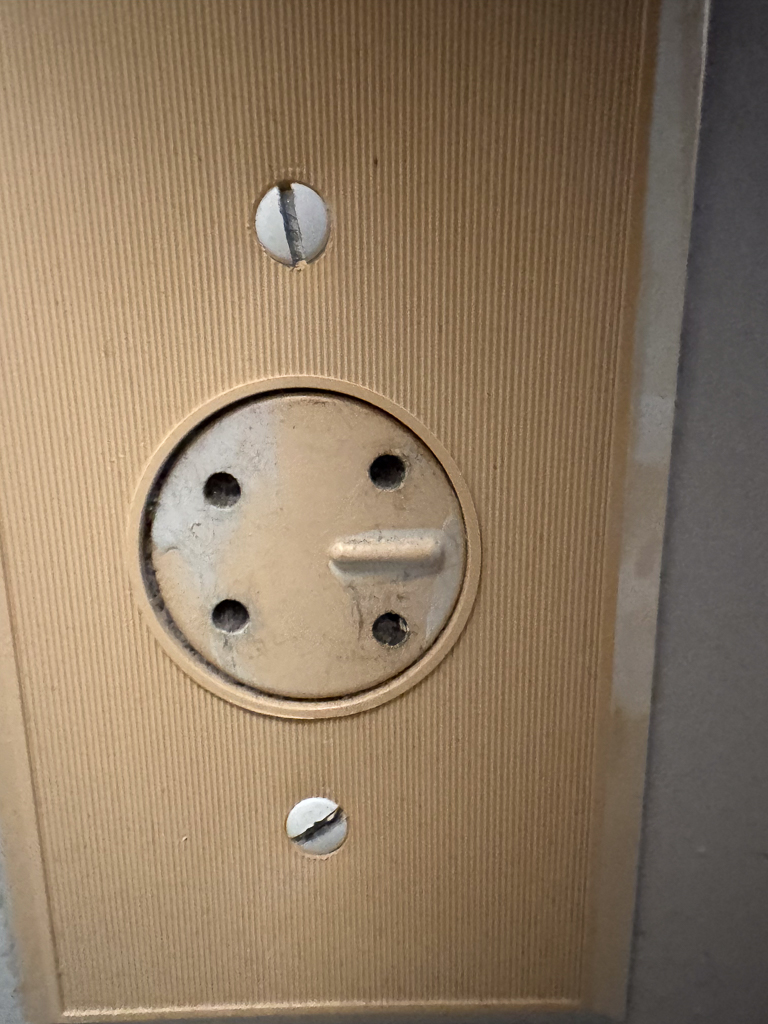Diane, our sister-in-law Michael Ann, and I started the morning with a walk on Singer Island, crossing into Palm Beach Shores and getting within a few yards of the easternmost point in Florida.
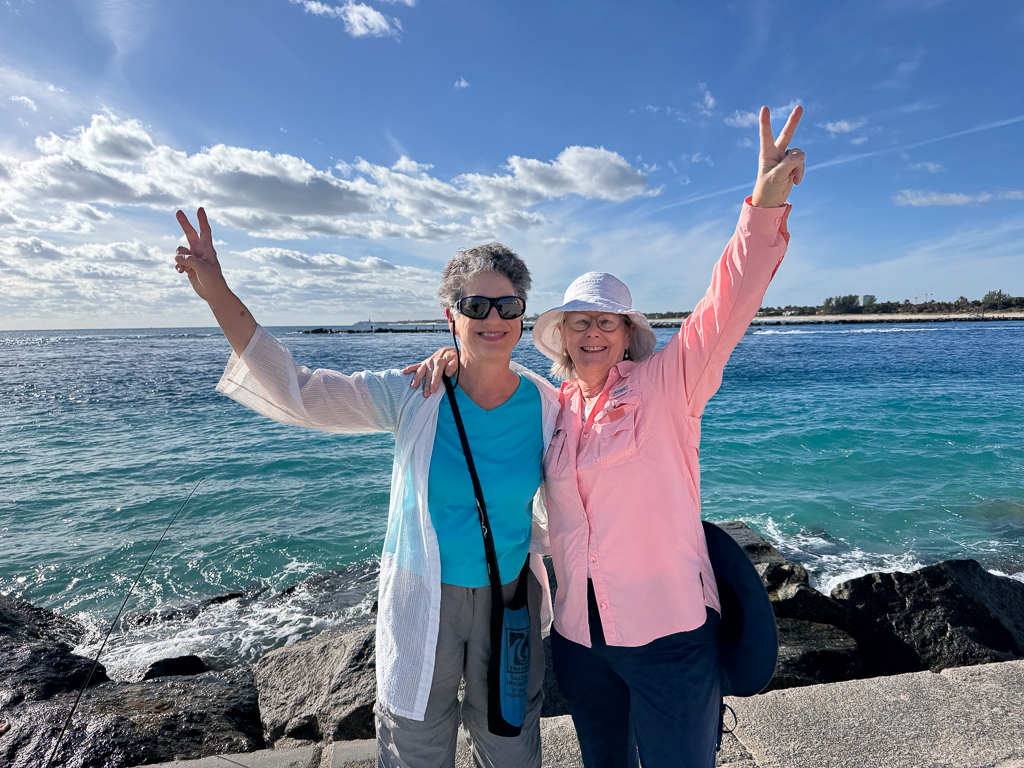
We visited Phil Foster Park and enjoyed seeing sea creatures in the clear water.
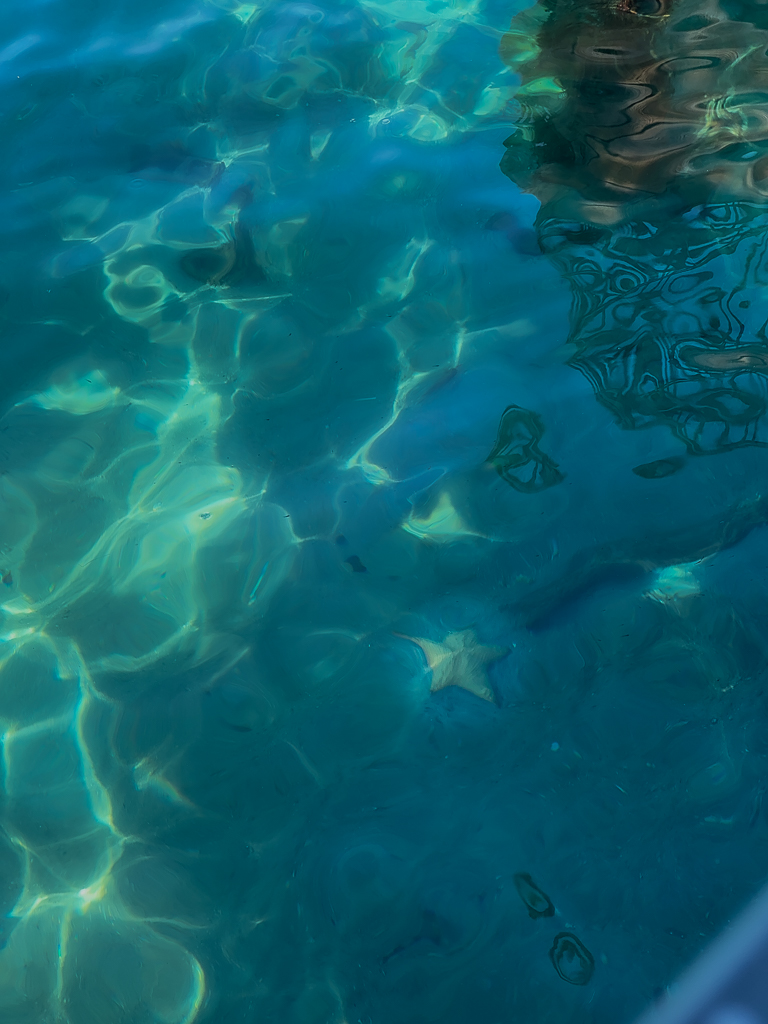
We crossed the Singer Island (Blue Heron) Bridge to the mainland and saw highrises and manatees.
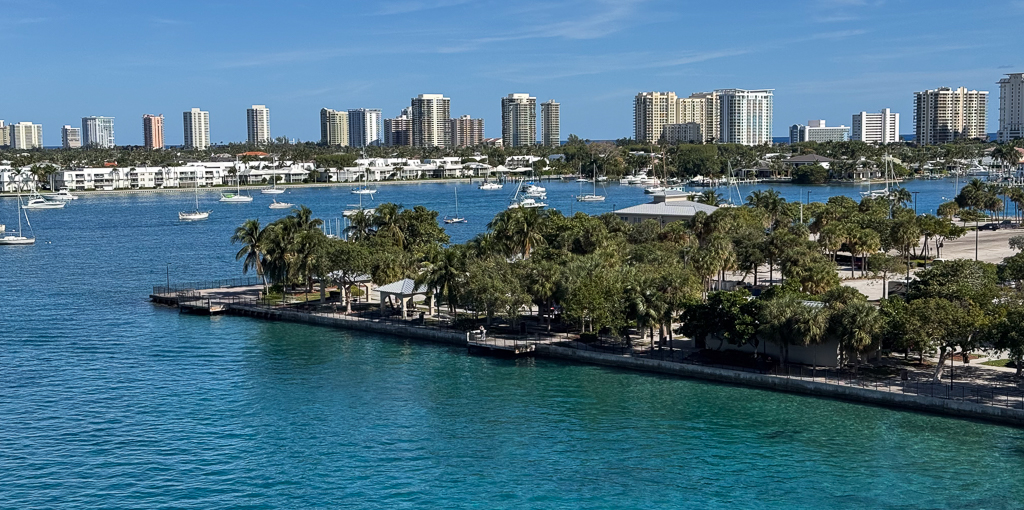
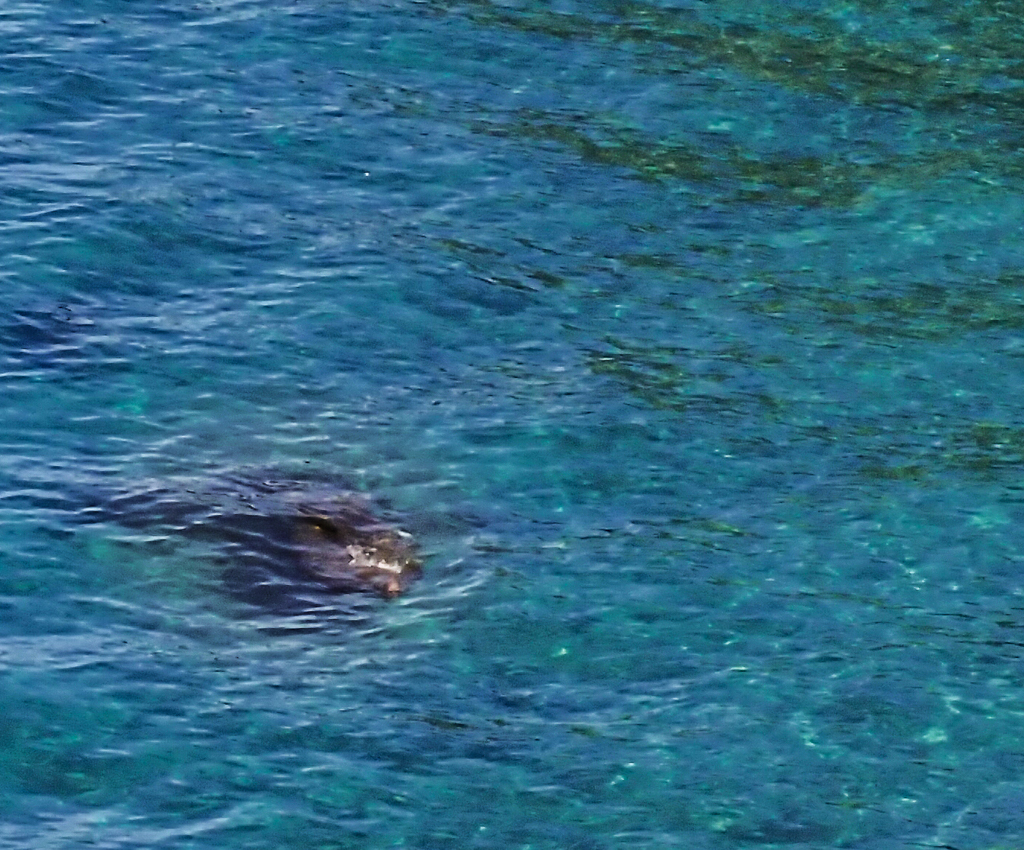
After lunch, we drove to Delray Beach to explore the Morikami Museum and Japanese Gardens. When Diane and I lived in Delray Beach 40 years ago, we visited the Morikami occasionally, but there wasn’t a whole lot there to see – that’s changed! The place was crowded and the parking lots were full, but it was still mostly peaceful and filled with interesting plants, animals, bonsai, and landscapes.
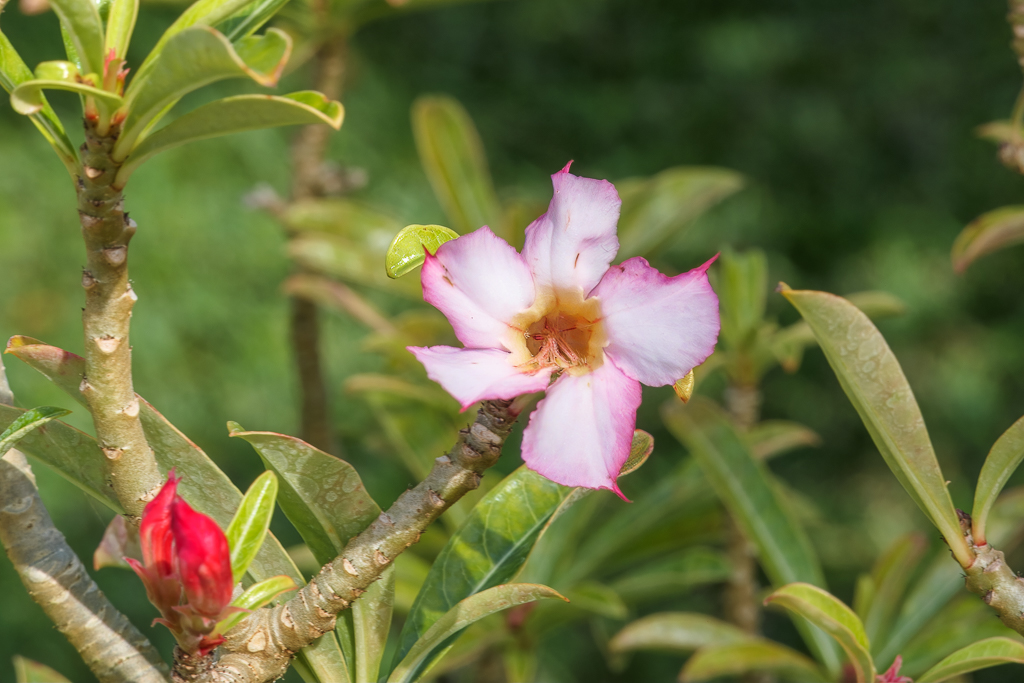
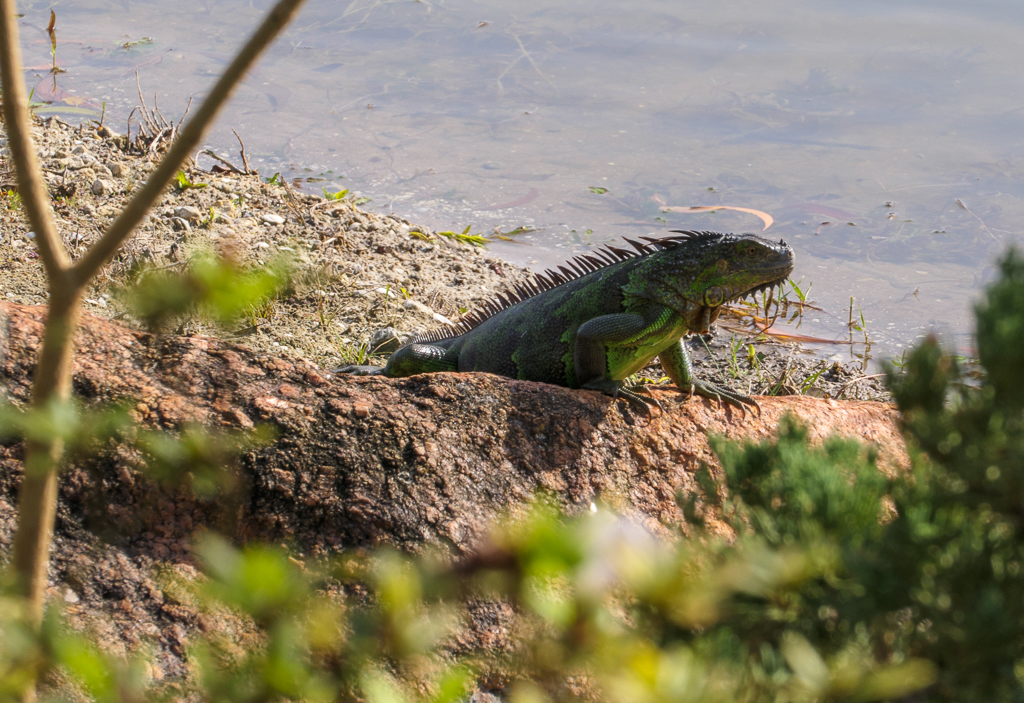

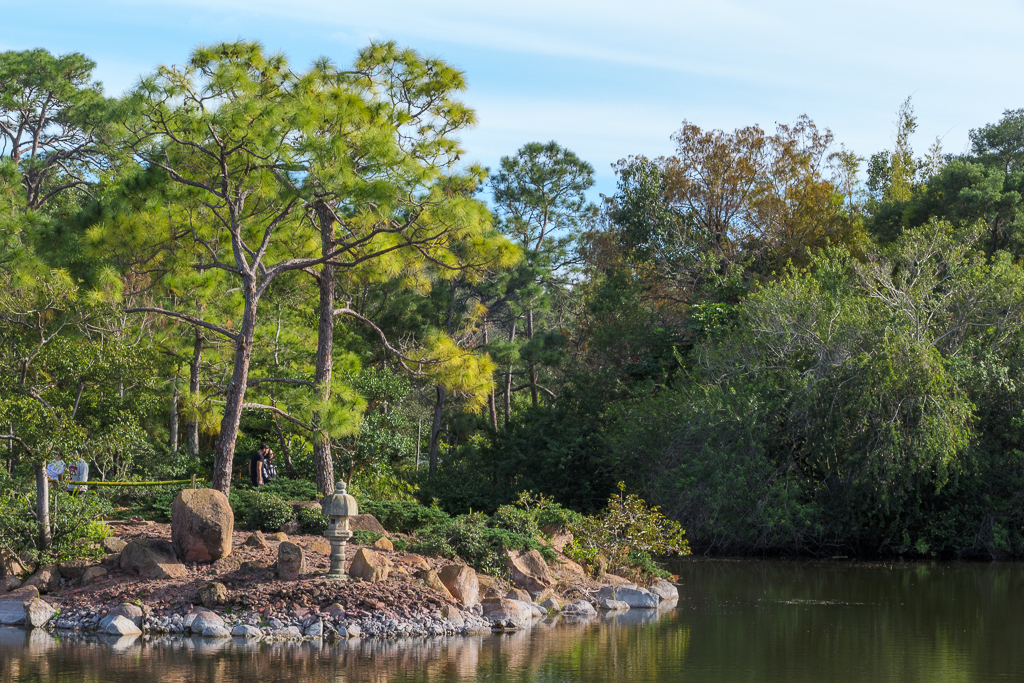
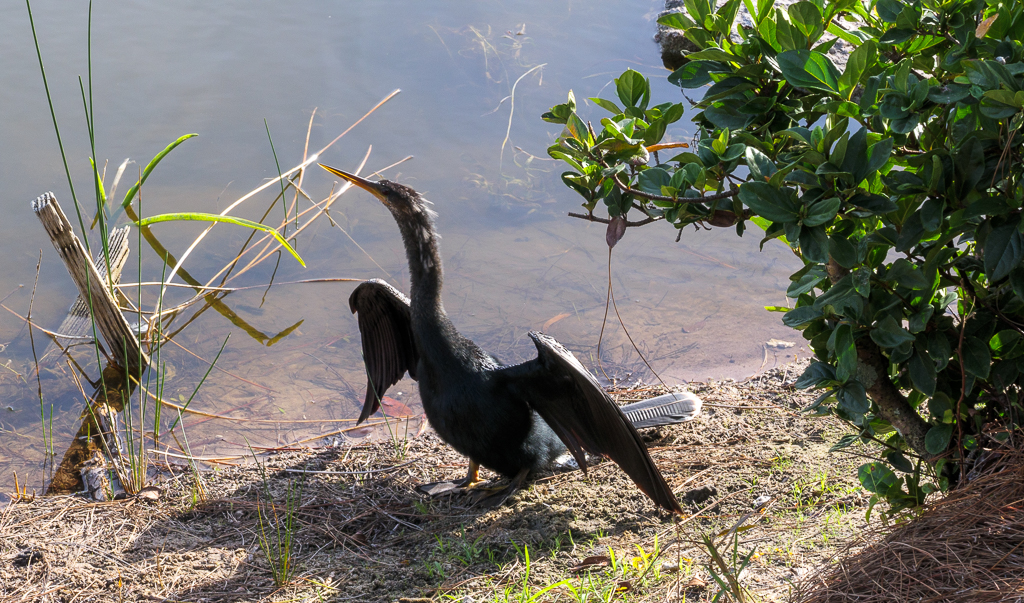
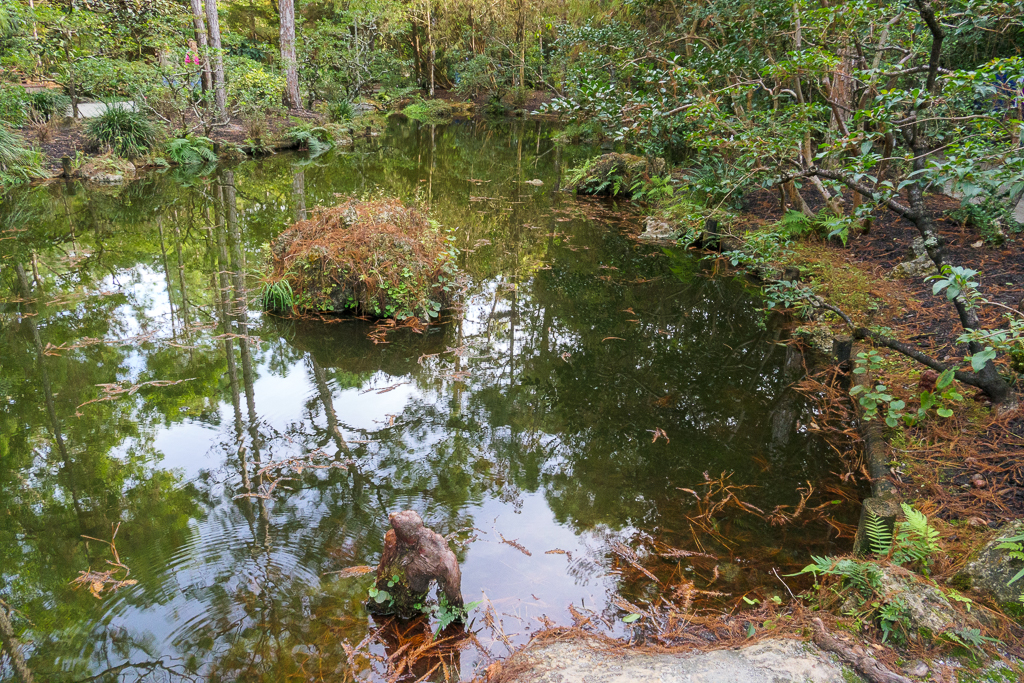

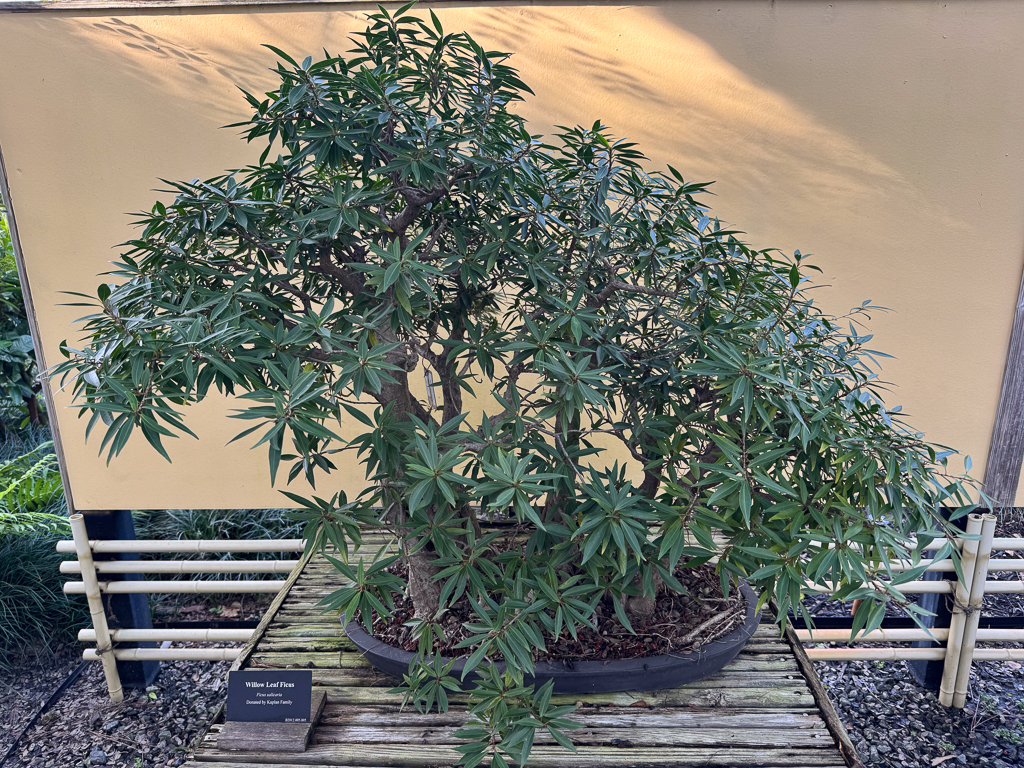


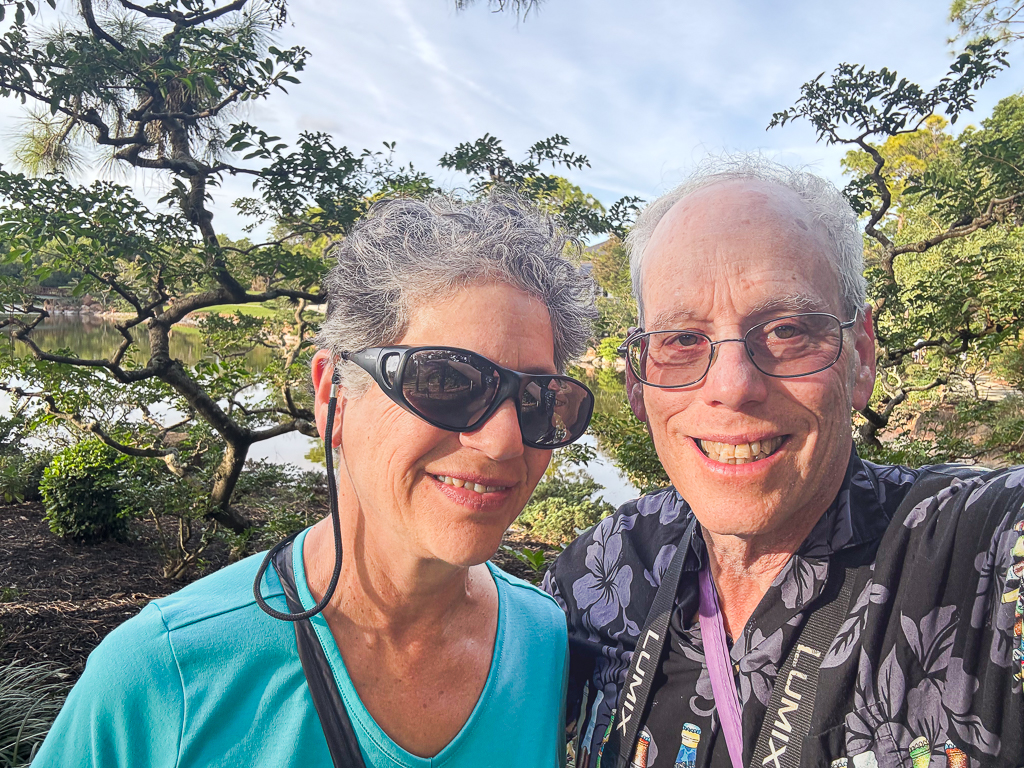
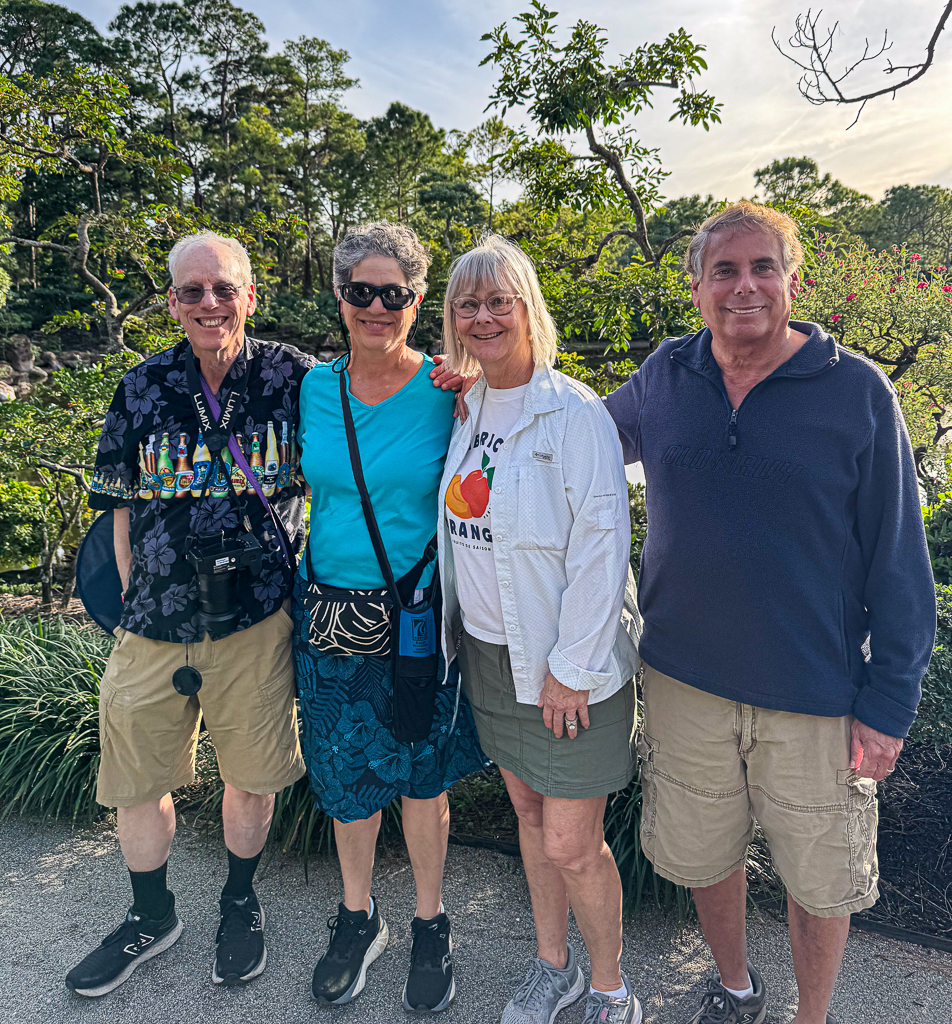
We left the Morikami just before it closed for the day and drove to our old house in Delray Beach (photo at the top of the page). The last time we’d driven by was in 2002 and the house was nearly hidden by enormous cocoanut palms; I think it looks better now. We resisted the impulse to knock on the door and talk with the new owners, despite my brother’s best efforts to get us to do so. :-)
We had dinner on Atlantic Avenue in downtown Delray Beach. When we lived here, there were a few restaurants, but it was usually pretty quiet and parking was pretty easy. Tonight, the streets were filled, parking cost us $25, and there were dozens of restaurants vying for customers. We had dinner at Vic and Angelo’s and dessert at Kilwins.
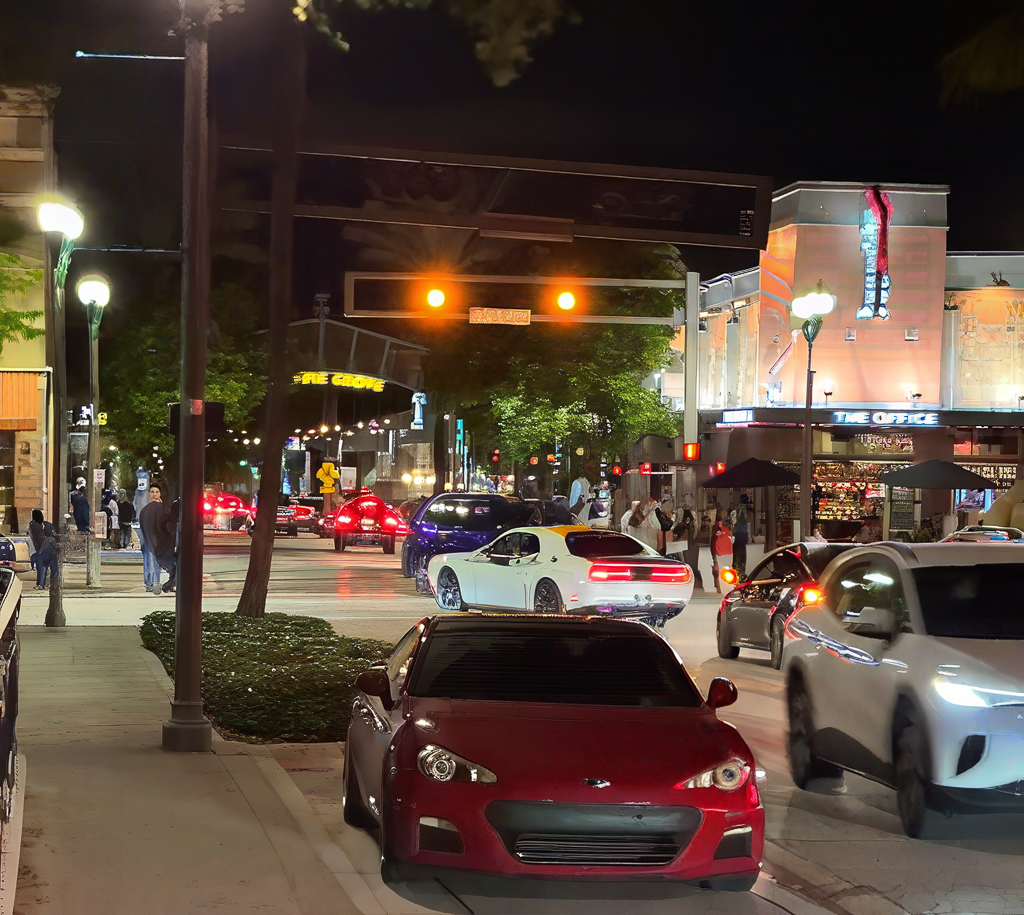
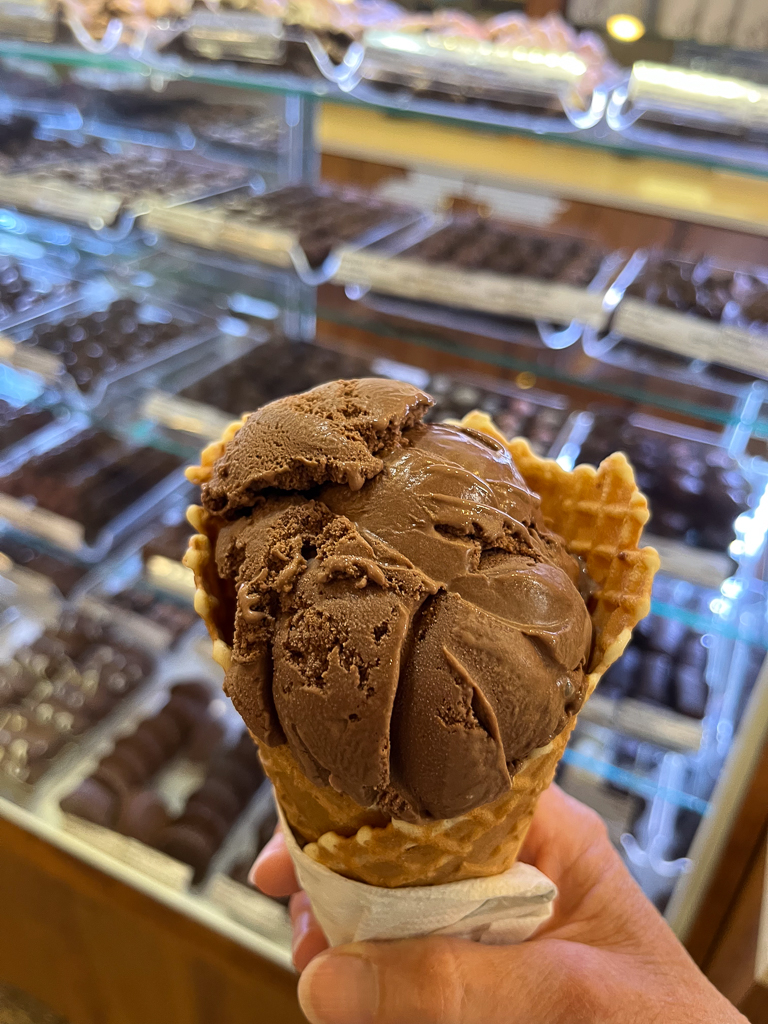
One thing that hasn’t changed is the train tracks running right through downtown Delray Beach; we could hear the trains thundering by during dinner. A week ago, a fire engine on its way to answer a call drove around the crossing gates just as a train arrived – 15 people were injured and the fire engine was destroyed. We were careful walking across the tracks tonight.
